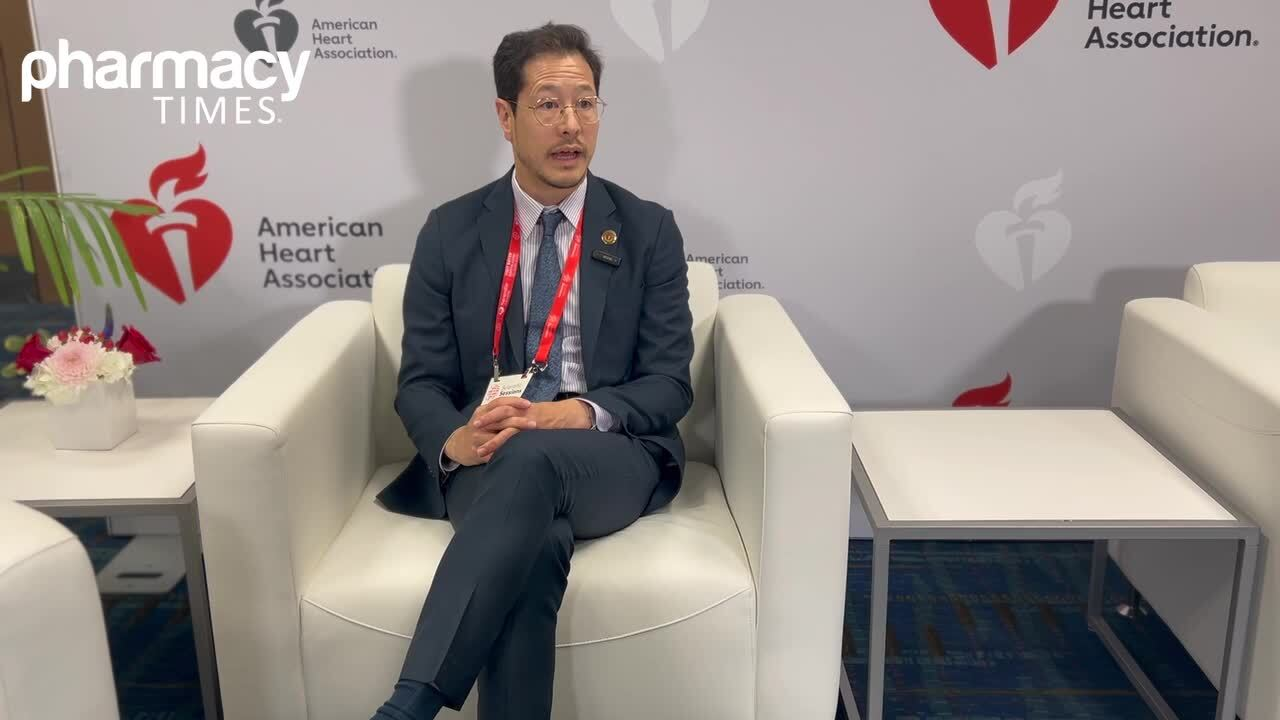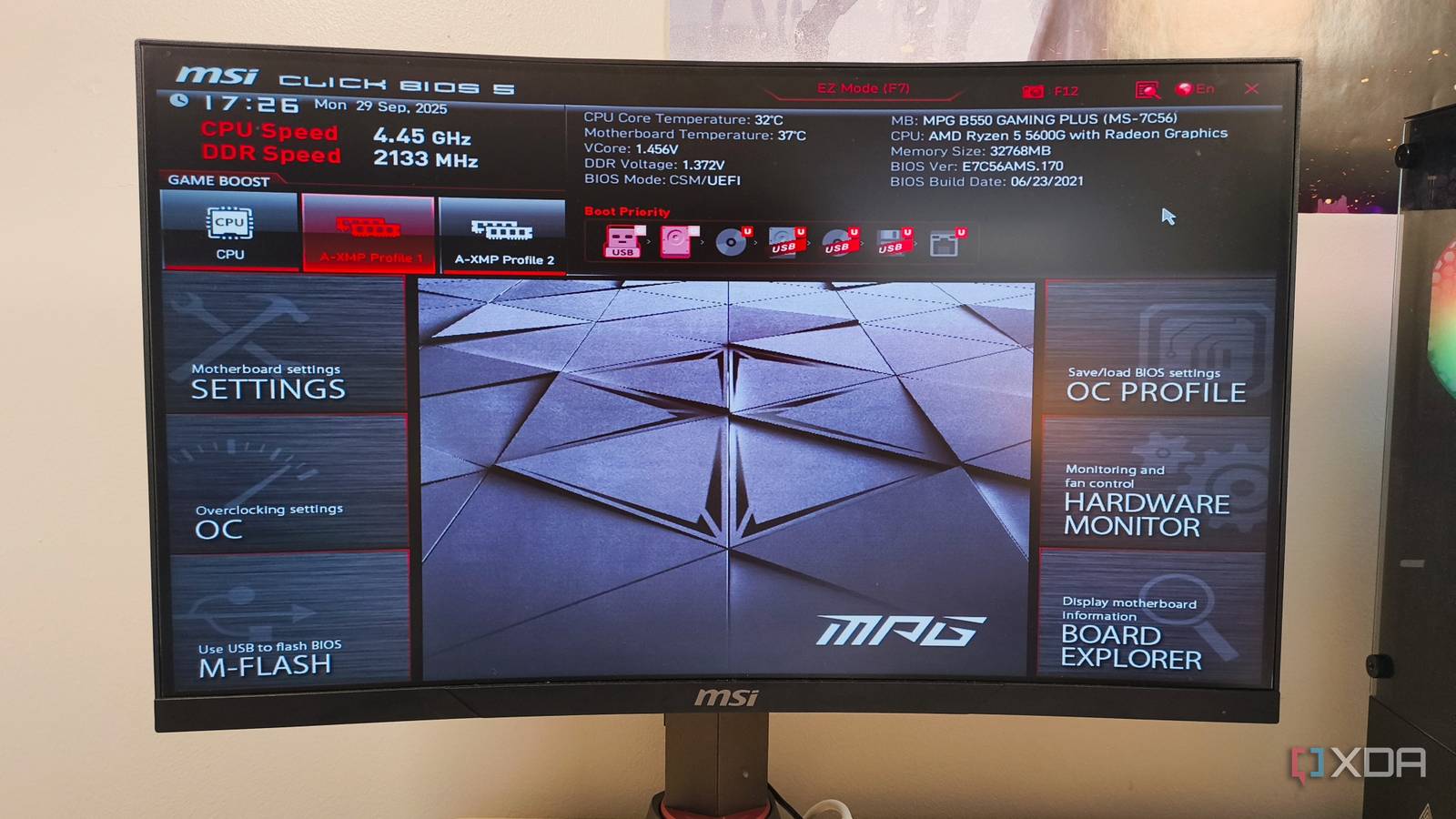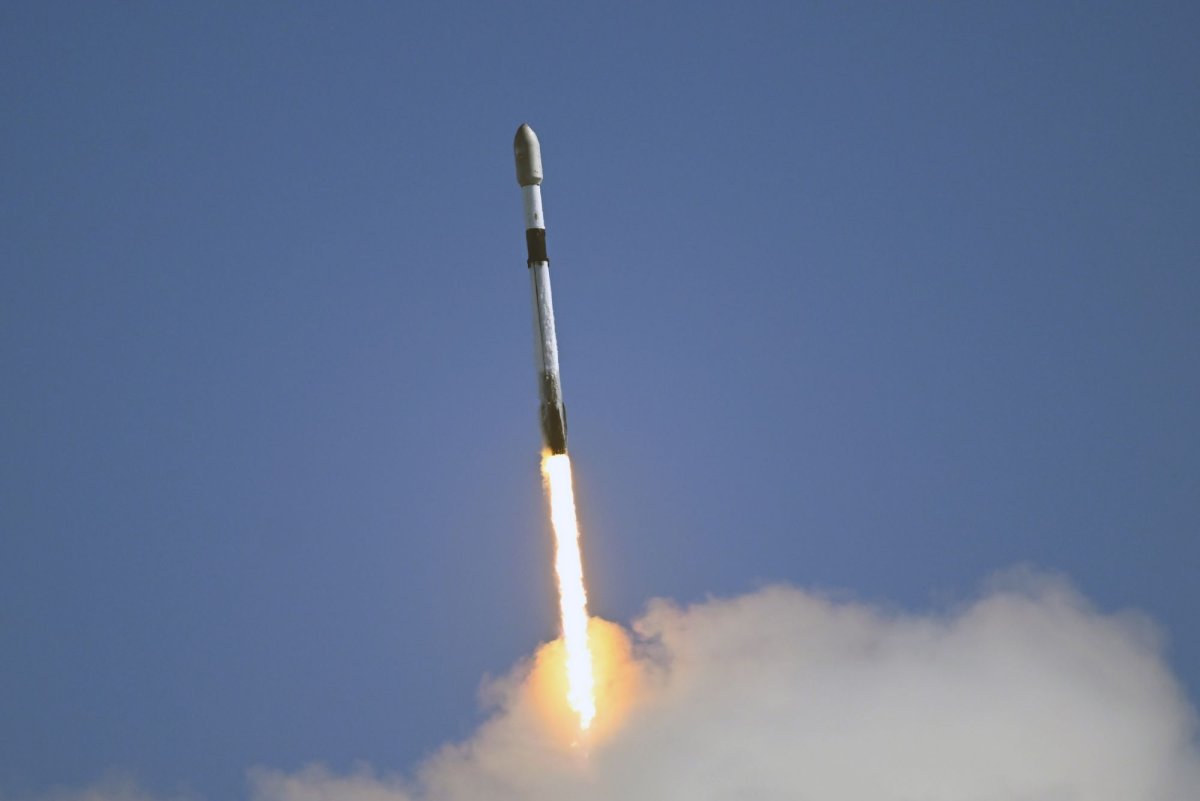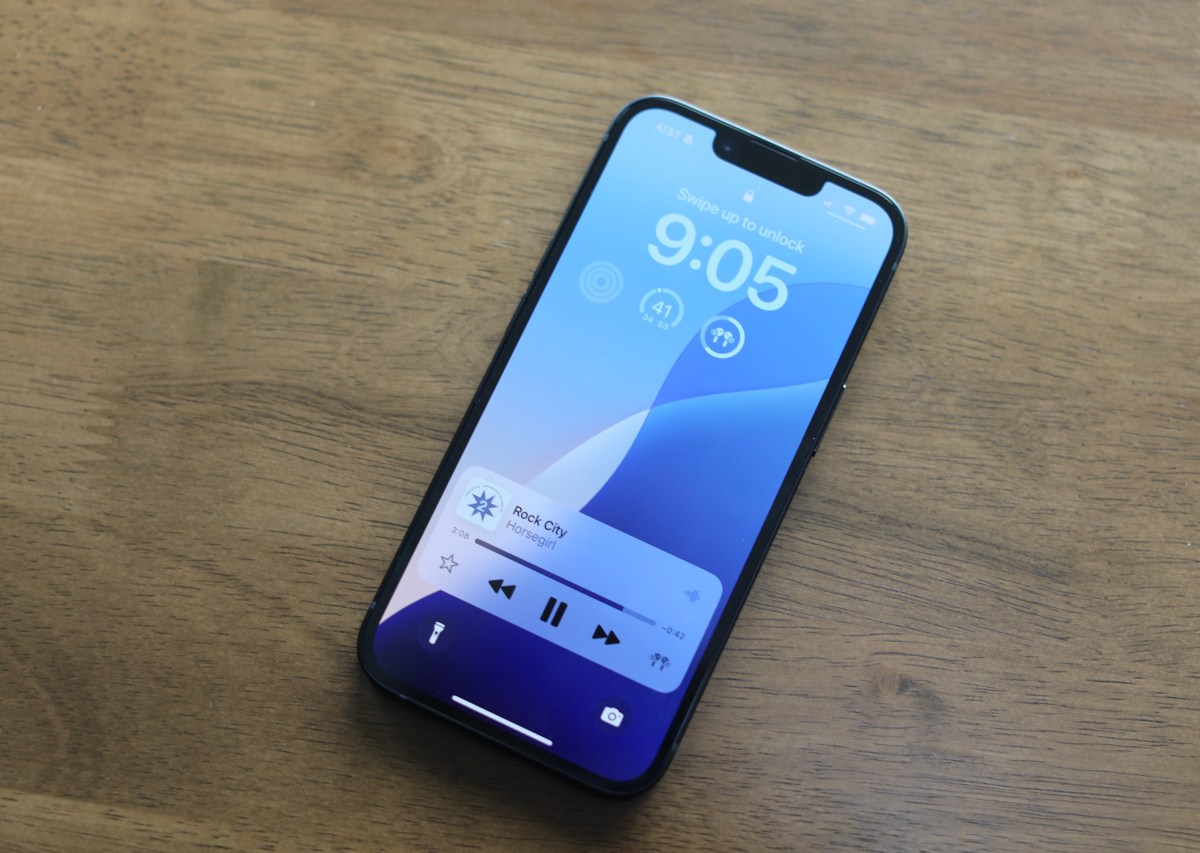Pharmacy Times: The analysis found that finerenone reduced heart failure hospitalizations within the first few months of treatment, even before kidney outcomes improved. What does this suggest about the early mechanisms of benefit with…
…

Pharmacy Times: The analysis found that finerenone reduced heart failure hospitalizations within the first few months of treatment, even before kidney outcomes improved. What does this suggest about the early mechanisms of benefit with…

When building a new PC, the default BIOS settings aren’t exactly optimized; you need to spend a few minutes to make them so. Most PC builders know about BIOS settings. However, most PC builders only ever touch the most common BIOS settings like


Samsung’s Galaxy S26 Ultra is set for a global launch in January 2025, featuring a 200MP camera and Snapdragon 8 Elite processor with a price around Rs 1,59,999.
Samsung Electronics is gearing up for the launch of its latest flagship…

Nov. 9 (UPI) — SpaceX launched 29 more of its Starlink satellites into low-Earth orbit on Sunday, a day after a fireball was spotted in the sky off the coast of Florida.
The company said Sunday that the satellites were launched at 3:10 a.m….

Millie Bobby Brown reveals intense physical training for the final season of Stranger Things at Netflix event
Millie Bobby Brown is stepping into full…

While Apple’s iPhone already supports texting, calling emergency services, and contacting roadside assistance via satellite connectivity, the company has many more satellite-powered features in the works, according to Bloomberg’s Mark…